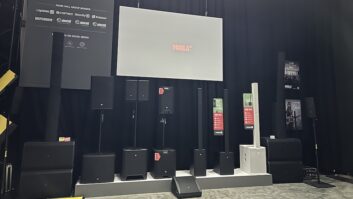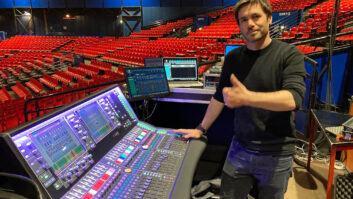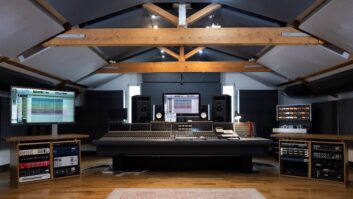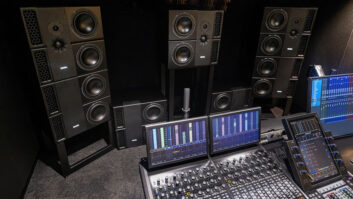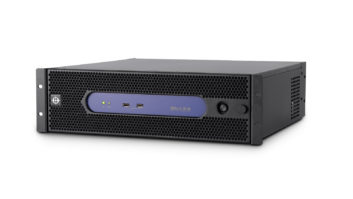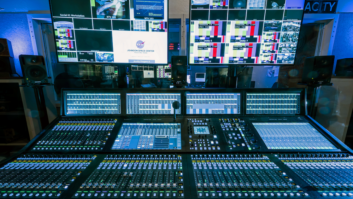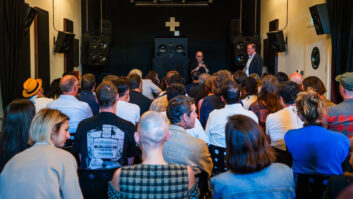In today’s production paradigms, the technical infrastructure of old is condensed and compressed, the core studio hardware often crammed into little more than the frame of a computer with just a few peripheral devices. This has taken production into the new frontier of the small room. While audio pros are crafting productions of excellent quality in these environments, the environment can be less than forgiving or accommodating in two critical areas.

The first is monitoring. Small spaces (often improvised spaces) present a host of challenges to accurate monitoring with loudspeakers. These challenges are well known, and a broad range of products is available to effectively address the shortcomings imposed by a small space (several of those solutions are discussed in the February 2010 of PAR).
The second critical area is recording space and the interaction of room and microphone. Beyond the control room, legacy studios were conceived with tracking live instruments in mind, with a myriad of design and construction techniques used to complement the recording process. This is a luxury beyond possibility for most home and personal studios.
Certainly, small studio owners can and do try to make the most of available space, and similar techniques as are employed for small control rooms can be used to these ends. The primary issue is simply the finite limitations of available space. Large tracking spaces aren’t solely desirable for the ability to cram in a full band (or, in a very large space, an orchestra). Larger tracking spaces also afford more opportunity to design a space to complement the recording process, as opposed to simply designing to remove unwanted room to mic interaction.
In the studios I used to call home, our room designer lovingly crafted the various spaces to complement particular instruments. He knew that a particular EQ bump was invariably added to acoustic piano, for instance, so he built it into the room. For guitar amps, a modest space was devoted to providing acoustic compression instead of later requiring electronic compression. Even where the footprint of a space was relatively small, high ceilings and trap space behind grille cloth false ceilings allowed the spaces to be tailored for the task at hand. Versatility was possible where spaces allowed mic placement in varied proximity to hard and soft walls or to large trapped spaces behind grille cloth coverings.
It’s often lamented by pros that today’s music listeners find compromised playback equipment and highly data-reduced digital downloads acceptable, because these listeners have no experience listening to live instruments. Equally regrettable is that we will have a large portion of future recordists who have never had the experience of recording in a fine acoustic space. A plethora of products are available to insert some sense of space back into recordings, and while they can be very effective, they are by necessity employed at a less than optimal stage of the process.
Kudos to those who are able to preserve our traditional studios, and to those relative few who can effectively incorporate space into new studio designs. It’s part of the recording legacy worth preserving.

